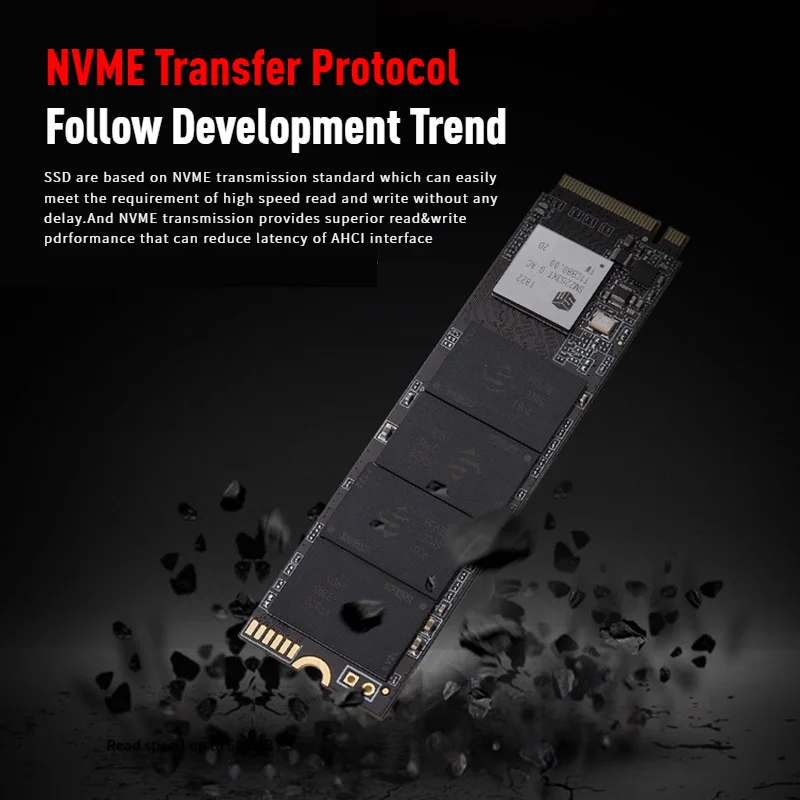
The Extreme Pro v2 houses WD’s SN730E, a PCIe 3.0 x4 M.2 NVMe SSD, and an ASMedia ASM2364 USB Gen 2x2 bridge chip.Īll of this is protected by a rigid aluminum chassis that’s covered in an impact-absorbing silicone. When paired with the latest systems that fully support its USB 20 Gbps connection, it delivers very fast file transfer speeds that rival the Thunderbolt 3-based competition. Because hardware failure is always possible, and portable drives are often small enough to lose or leave behind by accident.īest External Hard Drives and Portable SSDs You Can Buy Todayīuilt for the professional market and priced as such, SanDisk’s Extreme Pro v2 has a durable, secure design. Portable SSDs are better here, but you should still keep your irreplaceable data backed up on a desktop drive and / or on a cloud service. Don’t Use a Portable Hard Drive as Your Only Backup. Portable hard drives are made up of spinning glass or metal platters, making them a poor choice as a primary backup of your data-especially if you carry them around.If you're a creative professional that works with uncompressed media such as RAW files, a 4TB external storage drive is ideal but pricey if you're using an SSD.

For backing up personal collections of photos and family videos, look at the total GB of data you have and get a drive that's at least 50 percent higher capacity higher so it's future-proof.

A portable SSD will also be much faster at reading and writing lots of data. If you don’t need terabytes of storage and you often travel with your drive, a portable SSD is worth paying extra for.

But they’re also much slower and more fragile than solid-state drives. Portable Hard Drive or SSD? Drives that have spinning storage platters inside are very affordable, with 1TB models often selling for under $50 (£40).


 0 kommentar(er)
0 kommentar(er)
